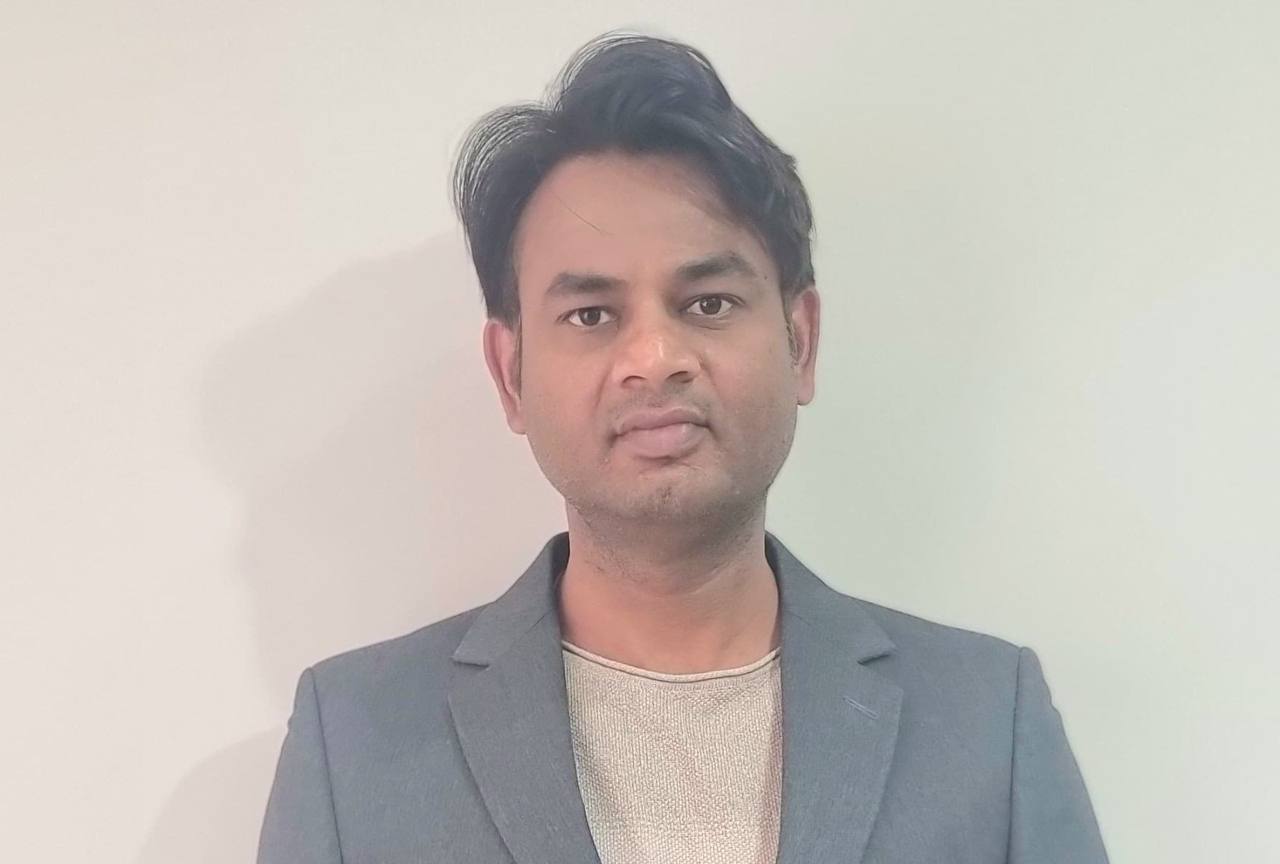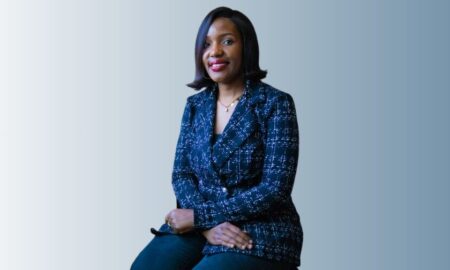ERP Technologist and Senior IEEE Member shares insights on developing sustainable Oracle implementations that save millions across industries
A recent HG Insights research reveals that the global Enterprise Resource Planning (ERP) market has grown by 8% since 2022, and companies are expected to spend $147.7 billion on ERP software in 2025. This explosive growth has created unprecedented demand for specialists who can navigate complex multi-cultural implementations while delivering measurable results. Sriharsha Bulusu, an ERP Technologist/Architect with over two decades of Oracle expertise, exemplifies this rare breed of professional. Recently elevated to Senior Member status with the Institute of Electrical and Electronics Engineers (IEEE) in January 2025 – a prestigious recognition ack hat enabled his teams to achieve remarkable implementation speeds, the cultural challenges that make or break global ERP projects, and his blueprint for creating sustainable Oracle solutions that can be rapidly deployed across diverse markets.
Your elevation to IEEE Senior Member status coincides with this boom in Oracle ERP investments. What drives this surge in enterprise demand, and how has your approach to global implementations evolved to meet these changing requirements?
The exponential growth stems from ERP becoming the central nervous system for digital transformation, not just back-office automation. Through my work across India, USA, UK, New Zealand, Middle East and Africa, I’ve seen companies shift from one-size-fits-all solutions to architectures that adapt to local regulations and cultural practices while maintaining global consistency. My approach prioritizes “flexible standardization” – creating core frameworks that can be rapidly tailored without compromising system integrity. The IEEE recognition validates this methodology because it demonstrates technical leadership in solving complex engineering challenges that modern Oracle implementations demand with multi-cultural teams.
Leading teams across different geographies and cultural backgrounds presents unique challenges. Can you walk us through your methodology for ensuring successful Oracle rollouts when working with teams from India to New Zealand to the Middle East?
Multi-cultural teams have taught me that technical expertise alone never guarantees success – cultural intelligence is equally critical. During the Milton Roy Europe implementation, European business practices required different approval workflows than US-based operations. I’ve developed a framework conducting cultural assessment sessions with local stakeholders before technical configuration begins. This identifies friction points early. Communication styles, decision-making hierarchies, and meeting protocols differ significantly between United Arab Emirates and New Zealand teams, for example. I adjust my leadership approach while maintaining technical standards, ensuring teams feel valued, which translates directly into better system adoption and project outcomes.
Your portfolio includes high-profile clients like Allegheny County Airport Authority and Beretta USA. What specific innovations did you develop for these implementations, and how do they demonstrate your contribution to advancing Oracle ERP capabilities?
For Allegheny County Airport Authority, we developed a groundbreaking two-way integration between Oracle JD Edwards and VEOCI (Virtual Emergency Operations Center Software). This wasn’t just a standard interface – we created a complete inspection process management system where work orders flow seamlessly between JD Edwards and Veoci, handling everything from initiation to completion with automated status updates and failure notifications. This solution directly addresses the stringent requirements of Part 139 airport operations while maintaining real-time communication between systems. The innovation here was designing an architecture that could be rolled out to other airport authorities using Oracle JD Edwards, creating a scalable template for the entire aviation industry. At Beretta USA, I developed visual metrics for Production Assembly Lines that automatically update productivity measurements every two minutes during work hours. The system displays Daily Target, Running Target, Actual Completed quantities, and efficiency metrics in real-time, transforming how production managers monitor and optimize assembly line performance. Both solutions demonstrate my focus on creating reusable, scalable architectures rather than one-off customizations.
You’ve been invited to present at multiple Oracle Quest events, including INFOCUS and BLUEPRINT conferences. How do you spread your methodologies, and what impact have these presentations had on the broader Oracle community?
My presentations at Oracle Quest events focus on practical methodologies rather than theoretical concepts – demonstrating real-world solutions attendees can immediately apply. The response has been remarkable: five competitors have adopted models I’ve presented, validating the practical value. I explain not just what worked, but why it worked and how to adapt approaches for different industries. This has led to consulting opportunities where companies specifically request my involvement because they’ve seen proven results. The goal is elevating the entire Oracle community’s capabilities, not promoting individual achievements.
Looking at your current work developing global blueprints for Oracle ERP implementations, what future trends do you anticipate, and how are you preparing the Oracle community for the next evolution of enterprise technology?
The future lies in “intelligent adaptability” – systems that automatically adjust configurations based on local requirements while maintaining global standards. I’m developing blueprints leveraging Oracle’s Artificial Intelligence (AI) capabilities to predict implementation challenges and suggest optimal configuration paths from historical data. The goal is reducing implementation timeframes from six months to six weeks while improving success rates. Machine learning will analyze patterns from thousands of implementations to identify optimal approaches for each unique combination of industry, geography, and organizational structure. My global blueprint initiative creates a repository of proven implementation patterns for rapid deployment with minimal customization.
What advice would you give to emerging professionals looking to build expertise in Oracle ERP implementations, and what skills will be most valuable in this evolving landscape?
Develop cultural intelligence alongside technical expertise – future Oracle professionals must navigate complex global implementations where understanding local business practices equals technical configuration skills. Start with strong foundation in one Oracle product family, then expand to understand module integration and end-to-end business processes. Focus on problem-solving frameworks rather than memorizing configurations, since Oracle technology evolves rapidly. Most importantly, maintain business perspective: ask not just “can we build this?” but “should we build this, and will it deliver measurable value?” Professionals who thrive will bridge Oracle’s technical capabilities with real-world business outcomes, creating strategically valuable solutions.





























